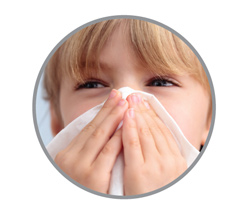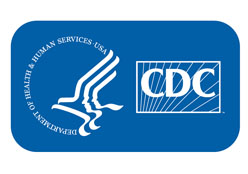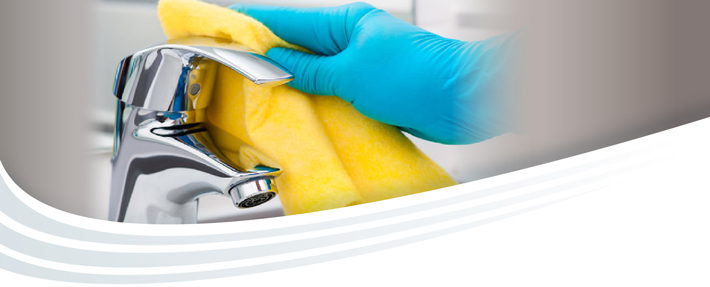Total Productivity Solutions:
Learn More >
 Cold & Flu Remedies:
Cold & Flu Remedies:
Download >
 Handwashing Chart:
Handwashing Chart:
Learn More >
 Global Handwashing Day:
Global Handwashing Day:
Learn More >

93% of diners think establishments should do more to keep their premises germ free.
Most guests are concerned about germs and expect restaurants and hospitality establishments to prevent the spread of viruses and infection by regularly cleaning and disinfecting their premises.
Businesses risk losing customers if they don’t adhere to high hygiene standards and are more likely to be given poor reviews by regulatory bodies. People often expect the highest standards of cleanliness when it comes to choosing a place to eat. We now know this includes disinfection too. In a survey conducted by P&G Professional, 93% of respondents said that businesses need to do more than they already do to ensure their premises are germ free. Over 90% of patrons expect business operators to disinfect every day.
What You Can Do:
Understand that cleaning is not disinfecting. Cleaning removes soil or dirt from a surface but doesn't kill microorganisms that can cause disease, odors and spoilage. You must both clean AND disinfect to reduce risk.
Efficient cleaning ensures the best disinfecting results. Do it right the first time by removing all of the soil first, then let the disinfectant do its job. Be sure to read the label of any disinfectant you use and leave the surface wet for the specified length of time to to kill germs entirely. For efficiency, try using a multi-purpose product that both cleans and disinfects in one pass. P&G Professional Comet Cleaner is a good choice.
Cleaning Steps Leading to Better Guest Experiences:
- High touch areas – Door knobs, sink faucet handles, hand rails, and trays, and cash register equipment for staff. Removing these germs through disinfecting frequently reduces the spread of germs.
- Food contact areas – Cleaning cloths, chopping boards, utensils, refrigerator doors and kitchen work surfaces. Target these areas by disinfecting regularly.
- Bathrooms are important – 94% of P&G’s survey respondents agreed that bathrooms are the areas most in need of disinfection. Create a routine that ensures your bathrooms are inspected and cleaned regularly throughout the day. Nassco has training resources available to ensure best practice cleaning and disinfecting procedures for your team.
- Don’t forget about your tools! – Sanitizing your tools regularly can also help prevent the spread of germs.
Fight Germs the Right Way – Wash Hands
The Centers for Disease Control and Prevention says that the more times someone touches a contaminated surface and then touches areas on their face such as eyes, nose or mouth, the greater the chance for transmission of human microbial pathogens. The most effective way to help prevent the spread of germs in this way is to exercise proper hand washing.
The importance of proper hand washing is well known but often neglected. Make sure your employees are washing their hands often. Consider hanging an instruction sheet next to the sink to help them understand the proper way to wash hands. It’s also a great idea to have alcohol-based hand sanitizer available for employees in common areas.
Proper Hand Washing Technique
- Wet your hands with clean warm running water. Use warm water if available. Apply enough soap to cover both hand surfaces.
- Lather hands by rubbing them together with soap up to the wrists. Don’t forget the back of hands, finger nails and cuticles, which harbor huge quantity of bacteria.
- Scrub for 15-20 seconds. Hum the “Happy Birthday” song twice to yourself to be sure you’ve scrubbed long enough.
- Rinse hands well under clean, running water.
- Dry your hands thoroughly using a single-use paper towel.
- Use your single-use paper towel (or your elbow) to turn off water.
The information on this page was taken from P&G’s November 2013 Survey about attitudes and perceptions on cleanliness standards in hospitality establishments and care homes.
